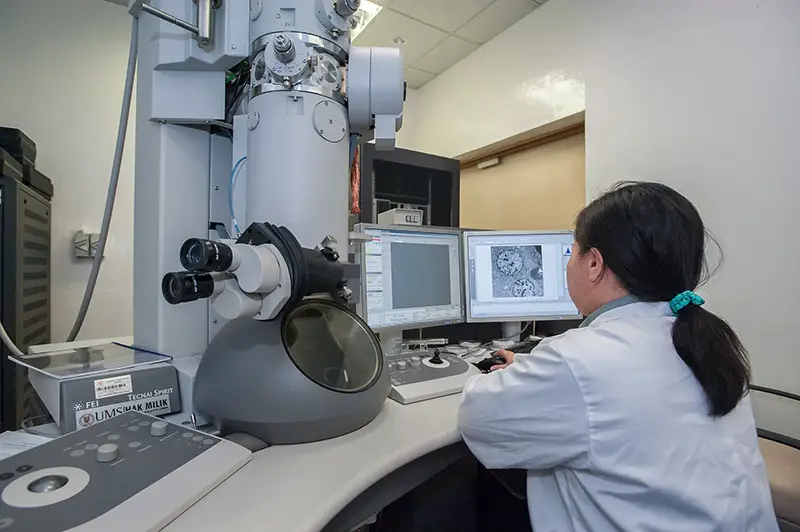Click here to get this post in PDF
Phase Plates are thin optical elements that can alter the phase distribution of any given optical beam. The way they work is by imparting a local phase delay to the input beam such that the overall phase distribution changes according to the information encoded on the phase plate.
The most common application of a phase plate is mode conversion. A laser system usually emits light in an specific Hermite-Gaussian mode which is the nomenclature used to describe the radiance pattern of coherent laser beams. It suffices to state that the Hermite-Gaussian mode is the solution to the paraxial wave equation and it is a polynomial expansion. Considering this, the most common laser mode is the TEM00 which is one in which the radiance is characterised by a peak in the centre and then a smooth decay of the radiance towards the edges. Well, there are some applications in which this type of laser mode is not ideal or maybe some other, higher order, modes may prove more useful. In these cases, a phase plate can be used to convert from a mode, say the basic TEM00 mode, to any other higher order mode.
The phase plate for mode conversion is usually a binary phase plate which means that the phase delay that is imparted locally can only have two values. Although this may come across as a limitation imposed to ease the manufacturing process, modern optimization techniques can result in phase plates with excellent performance.
Another type of phase plate is the so-called vortex mode converter. This type of phase plates imparts an optical angular momentum to an otherwise uniform phase beam. A view of the vortex phase plate is like a circular staircase, so they referred to it also as a spiral phase plate. A beam traversing this type of optical element will modify first its phase distribution and, after some propagation distance, the irradiance pattern will also change to a shape that resembles a doughnut, that is, an irradiance ring with zero energy at the middle.
A beam generated by a spiral phase plate has some interesting properties. The most remarkable property is self-healing. This means that if part of the beam is obstructed by a limiting aperture, the effects of diffraction which can be very damaging for a normal Gaussian beam, are minimal in a vortex beam. In fact, the beam tends to regenerate itself fully after some propagation. This makes vortex beams very appealing for certain laser processing applications. Another interesting property is that the central hole of a doughnut beam is much smaller than the diffraction limit, a fact used in super-resolution microscopy methods such as stimulated emission depletion microscopy.
You may also like: From idea to prototype with 3D Hubs
Image source: Pixabay.com

